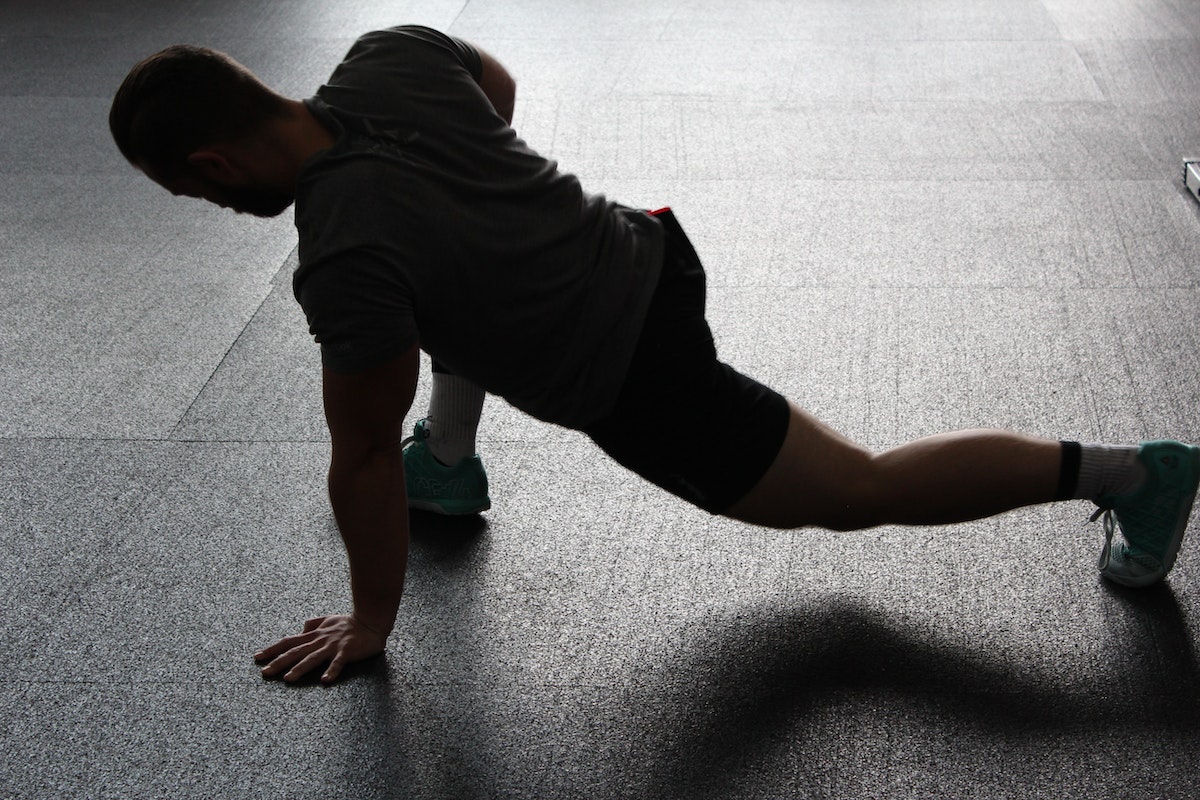Ankle and foot injuries are common among athletes, constituting 25 percent and 15 percent of all sports-related injuries. These injuries frequently sideline athletes for long periods, as the healing process can be slow. Proper care and rehabilitation are essential to recover fully and avoid re-injury. What does dorsiflexion have to do with this process?
Why is Dorsiflexion Important?
Dorsiflexion is a critical movement for the ankle and foot, allowing them to move up and down. It is vital for activities such as walking, running and jumping.
When the foot dorsiflexes, the toes get brought closer to the shin. This movement is beneficial when changing direction quickly or stopping abruptly. It also helps absorb shock when landing from a jump.
Athletes who lack adequate dorsiflexion may experience several problems, including:
- Achilles tendonitis
- Shin splints
- Plantar fasciitis
- Ankle sprains
- Knee pain
Which Muscle is Responsible for Dorsiflexion in the Foot?
Every movement in the body uses muscle groups, and dorsiflexion is no different. The primary muscle group used for dorsiflexion is the anterior tibialis. This muscle is located on the front of the shin and attaches just below the knee.
The secondary muscle group used for dorsiflexion is the extensor digitorum longus. This muscle extends from the back of the knee to the middle of the foot. On the other hand, the extensor hallucis longus muscle aids in dorsiflexion but is not as commonly used. This muscle extends from the back of the knee to the big toe.
Which Movement is an Example of Dorsiflexion?

For a movement to be classified as dorsiflexion, the foot must be in an upward lift between 10 and 30 degrees. A typical example of dorsiflexion is when someone stands on their tiptoes.
Another example of dorsiflexion is pointing your toes while doing a calf raise. Other dorsiflexion movements are walking up the stairs, running, jumping, squats, and lunges.
What’s the Normal Ankle Dorsiflexion Range of Motion?
According to the American Academy of Orthopaedic Surgeons (AAOS), the normal ankle dorsiflexion range of motion is 20 degrees. The American Medical Association (AMA) defines the normal dorsiflexion range as 0 to 30 degrees.
However, other pieces of literature report a much more comprehensive range. For example, Benhamu et al. indicate between 13-21 degrees. Meanwhile, Weir claims between 12 and 23 degrees. On the other hand, Rome showed between 8-26 degrees of dorsiflexion in their respective studies.
Nonetheless, the body’s range of motion is not always symmetrical. The right and left feet may have different degrees of movement due to various factors. So don’t be alarmed if one ankle has a greater range of motion than the other. What matters most is that the dorsiflexion range does not affect daily activities or sports performance.
Dorsiflexion vs. Plantar Flexion
As a counterpart of dorsiflexion, plantar flexion occurs when the toes point away from the shin. This movement occurs when the foot is moved downward between 20 and 50 degrees. The muscles whose tendons cause this flexion are located on the back (posterior) and inside the leg and pass into the back of the foot via the ankle joint. These include:
- tibialis posterior
- flexor digitorum longus
- soleus
- gastrocnemius
Ankle dorsiflexion is essential for walking, running and jumping, but plantar flexion is necessary for activities, such as standing on your toes or pushing off when walking or running. A lack of this ability can lead to Achilles tendonitis, flat feet and shin splints, among others.
Which Sport Mostly Needs Dorsiflexion?
Dorsiflexion is used in most activities that involve running, jumping, and changing direction quickly. That includes sports, such as football, basketball, soccer, tennis, and track and field. Other athletes that need to work on their dorsiflexion are figure skaters, ballet dancers, and gymnasts. Weightlifting and Crossfit also require dorsiflexion to maintain good form and prevent injury while exercising, such as cleans, snatches and overhead squats.
Almost any athlete can benefit from improving their ankle dorsiflexion range of motion. Improved dorsiflexion allows for a more excellent range of motion in the ankle joint, leading to improved performance and reduced risk of injury.
What Affects Poor Dorsiflexion?
To identify if someone has limited ankle joint dorsiflexion, a simple wall test is to sit on the floor with the legs straight in front and reach for the toes. If you can’t touch them, then you have limited dorsiflexion.
There are several reasons why athletes may have limited ankle dorsiflexion. The most common conditions that limit foot dorsiflexion are:
Ankle joint restriction
When the ankle joint is restricted, it can no longer move as much as it should. A chronic ankle instability might be due to a tight knee cap or scar tissue in the joint. A joint capsule is a connective tissue containing fluid that serves as the body’s natural hinge.
Deficiency in flexibility
Calf muscles, otherwise known as the Gastroc/Soleus complex, can also lead to joint restriction dorsiflexion problems. These muscles help with plantar flexion (pointing the toes away from the shin) and must be flexible for proper movement.
Foot and ankle injury
An ankle sprain is the most common injury that limits ankle dorsiflexion. When the ligaments stretch beyond their capabilities, they tear, and this can cause long-term joint instability. The most significant ligament in the ankle is the ATFL (anterior talofibular ligament), which connects the fibula to the talus. When this ligament gets torn, it doesn’t heal as well as other ligaments in the body, leading to long-term dorsiflexion deficits.
Genetics
Sometimes, poor dorsiflexion is due to genetics and cannot be changed. In this case, other exercises or stretching routines can help alleviate any pain or discomfort caused by the condition.
What Exercises Improve Dorsiflexion?
For your ankle mobility exercises to be effective, they should target the muscle and ligament that limits dorsiflexion. A few ankle dorsiflexion stretches that may improve flexibility are:
Gastrocnemius stretch
By keeping the back leg straight with the front knee forward, you should feel a stretch in the calf muscle. Hold this position for 20 seconds and repeat 3-5 times on each leg.
Soleus muscle stretch
This exercise involves placing the front foot on a step with the back leg straight. Keeping the heel of the foot down, lean forward until feeling a stretch in the calf. Hold this position for 20 seconds.
Step stretch
A common warm-up exercise in running for beginners, this routine helps improve dorsiflexion by stretching the Achilles tendon. Use your foot to step up onto a box or raised surface. Keeping the back leg heel down, lower your body until feeling a stretch in the calf. Hold this position for 20 seconds.
Squats and lunges
This exercise is one of the easiest ways to improve your ankle movement. Start with feet shoulder-width apart and lower your body into a squatting position. Keep the heels down and try not to let the knees go past the toes. For an extra stretch, lunge forward with one leg and bend the back knee until feeling a stretch in the calf.
Training barefoot
Shoes tend to have a lot of cushioning that can limit the amount your ankle can flex. Try doing some exercises barefoot to help improve range.
Staying healthy as an athlete is essential to continuing to perform at a high level. Poor dorsiflexion mobility can lead to injury, so it’s crucial to identify and correct any limitations in your range of motion.
Exercises that improve your movement can help alleviate pain, improve performance and prevent injuries. Try incorporating some of the above knowledge into your routine to help keep your ankles healthy. Warm up before stretching and cool down after exercise. And consult a physical therapist or other medical professionals for further guidance.






